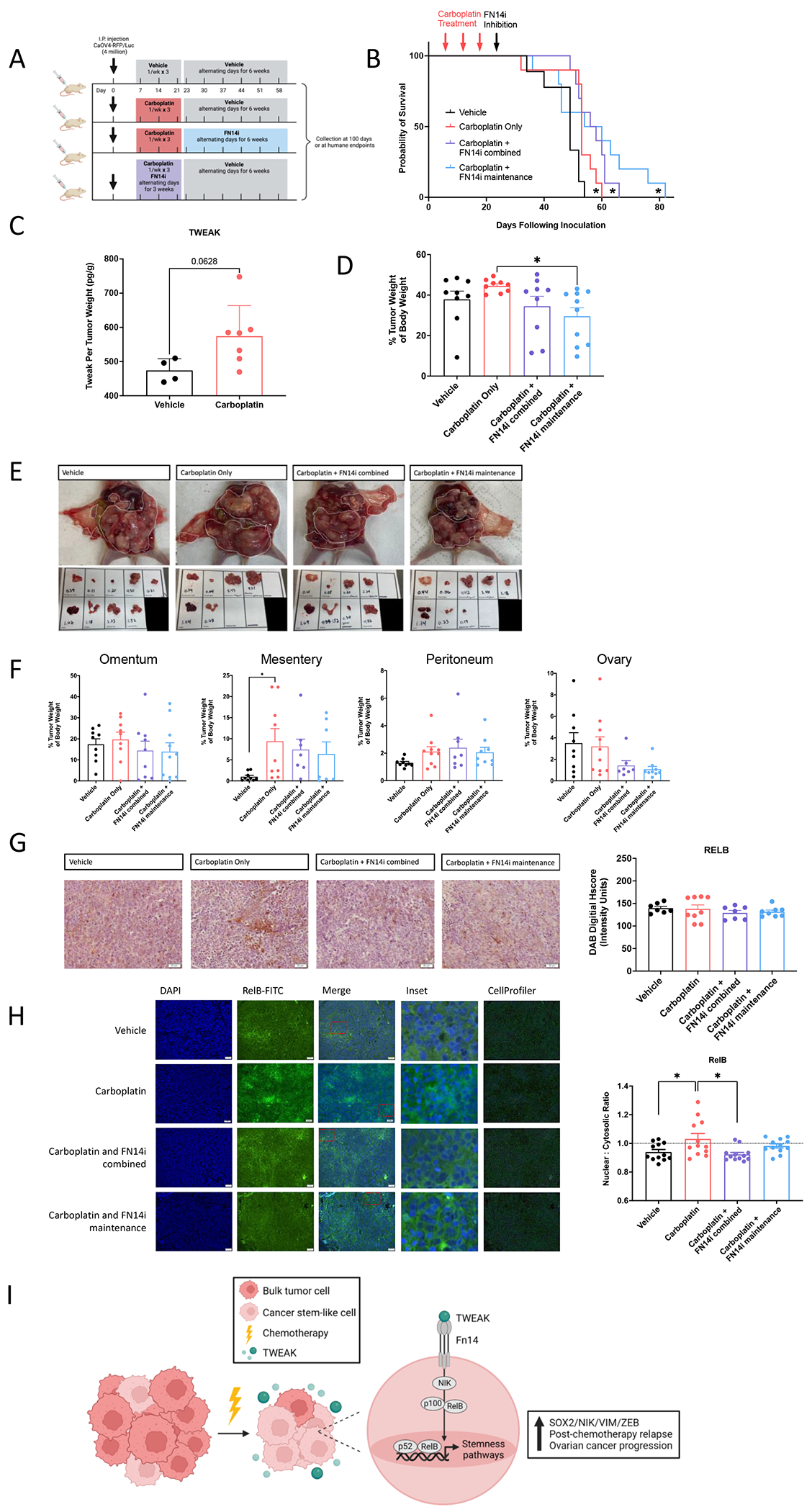Figure 7. A small molecule inhibitor of Fn14, as a maintenance therapy following chemotherapy, inhibits RelB activation and significantly slows ovarian cancer relapse.

(A) Experimental design created with BioRender.com. (B) Kaplan-Meier survival of intraperitoneal xenograft tumors with CAOV4 cells treated with either vehicle, carboplatin (50mg/kg), carboplatin and FN14i (L542-0366, 9mg/kg) combined, or carboplatin followed by FN14i maintenance. Log-rank test (n=10). (C) TWEAK concentration per tumor weight. Unpaired t-test (n=4 vehicle, n=7 treatment). (D) Tumors were resected and weighed relative to body weight. One-way ANOVA, Tukey’s post-hoc test. (E) Representative images of tumors from different treatment groups at necropsy. (F) Tumors were resected and weighed by organ, represented relative to body weight. One-way ANOVA, Tukey’s post-hoc test (n=10). (G) Tumors were resected, fixed, and histologically stained RelB-DAB. Representative images (left) and quantification using ImageJ (right). One-way ANOVA, Tukey’s post-hoc test (n=10). Data represent mean and SEM. * p<0.05. (H) Fixed tumor fractions were histologically stained for nuclei (DAPI) and RelB. Representative images (left) and nuclear relative to cytosolic RelB was quantified per field using Cellprofiler (right). One-way ANOVA, Tukey’s post-hoc test (n=3). Data represent mean and SEM. * p<0.05. (I) Proposed mechanism created with BioRender.com to illustrate TWEAK-Fn14-RelB signaling supports post-chemotherapy ovarian cancer progression.
